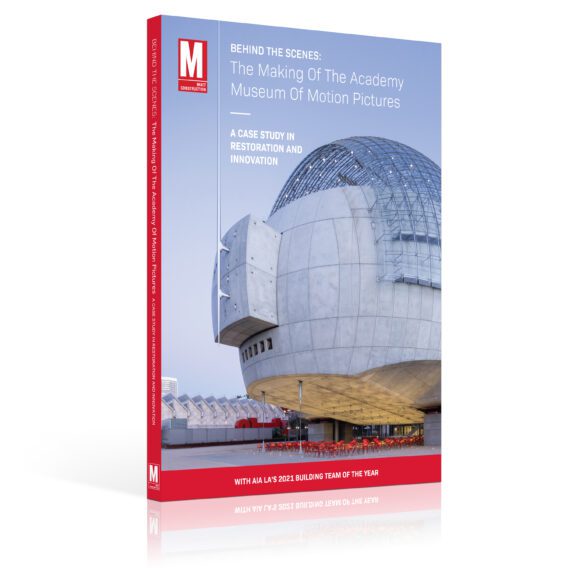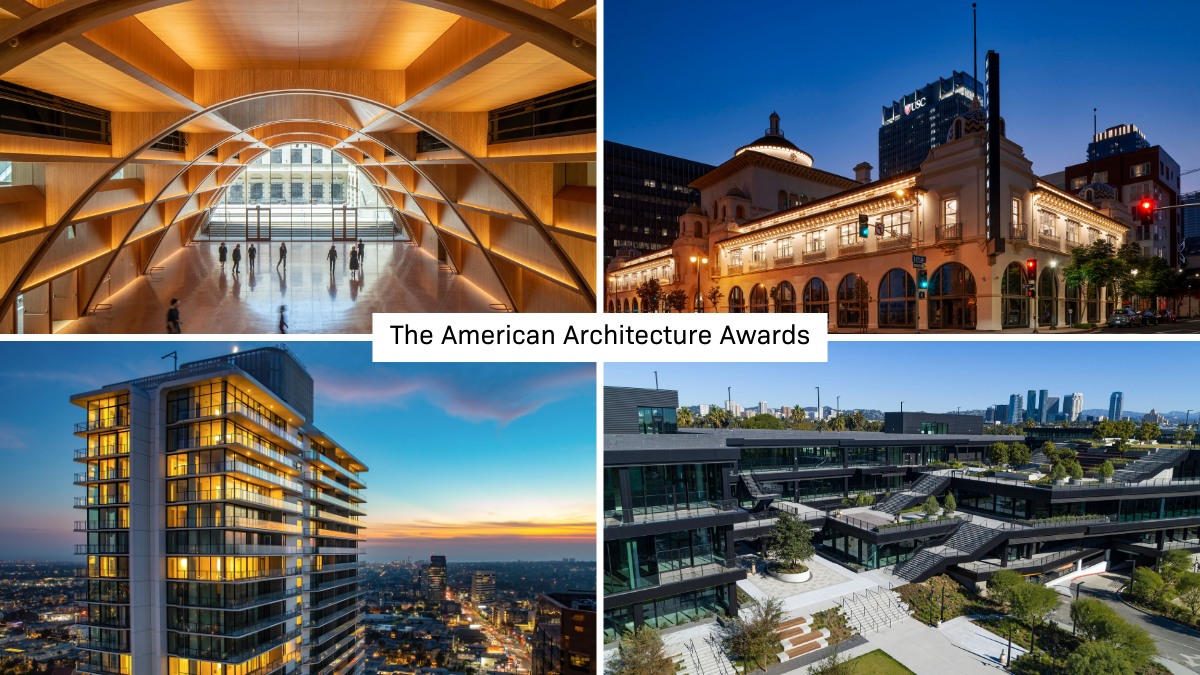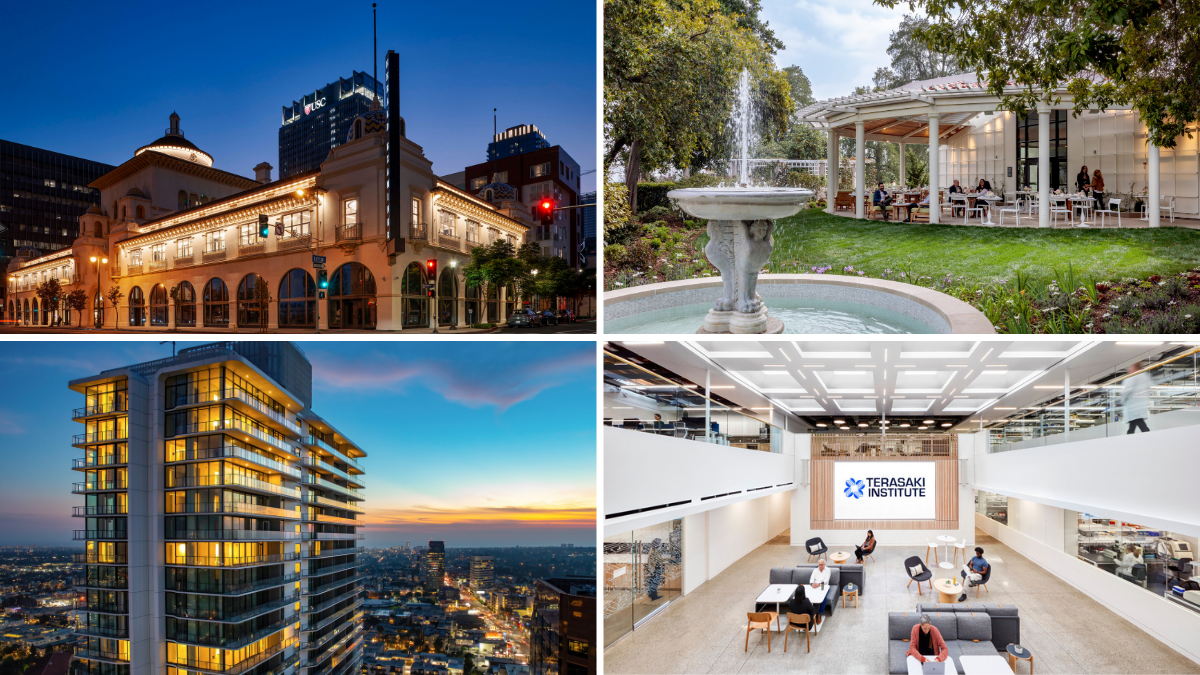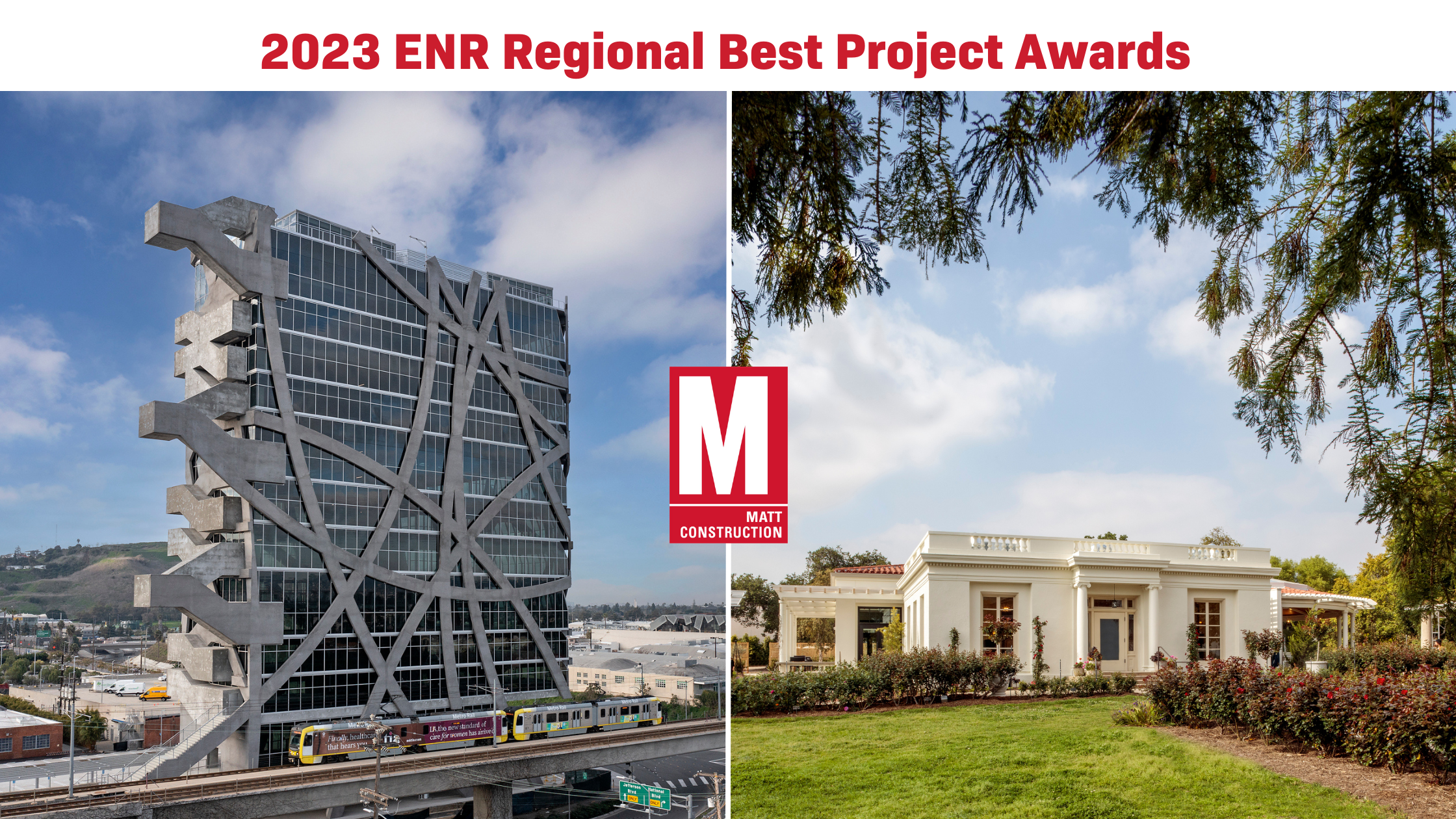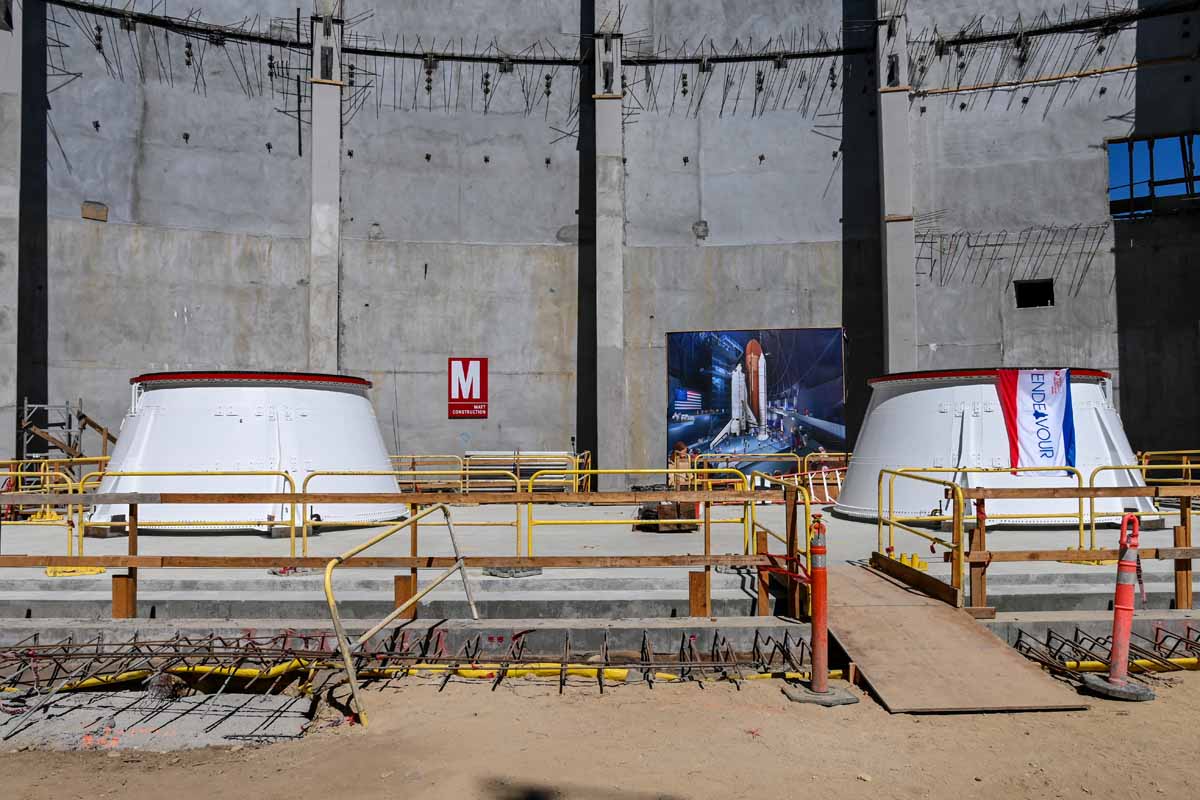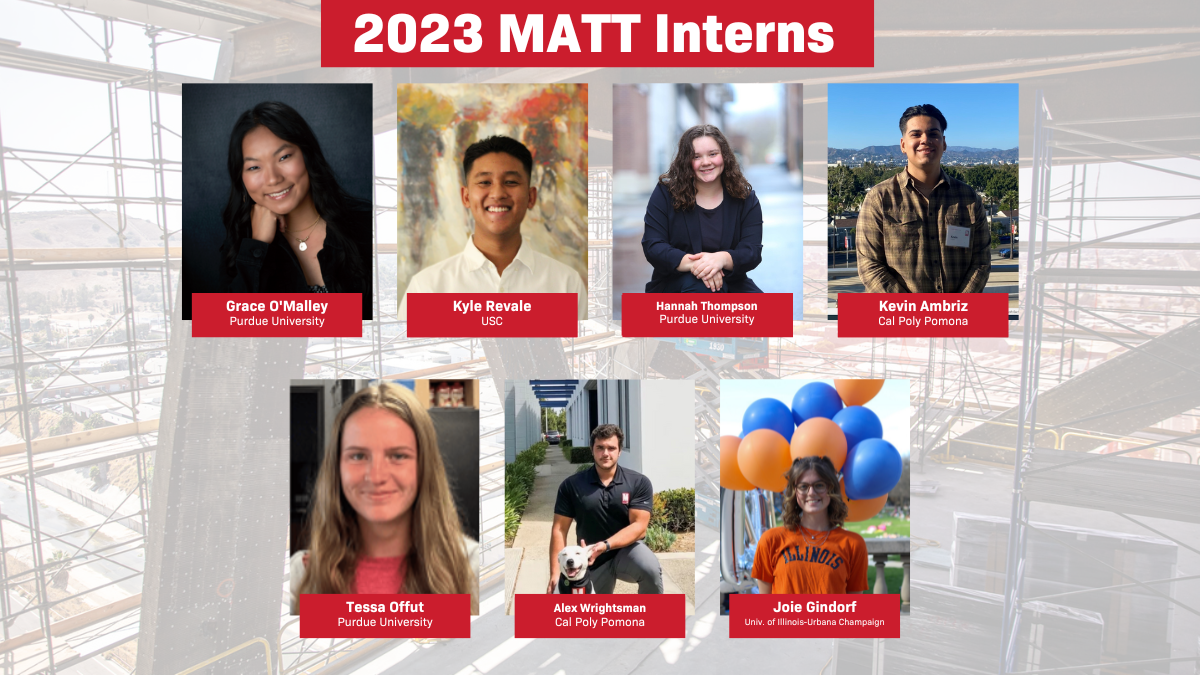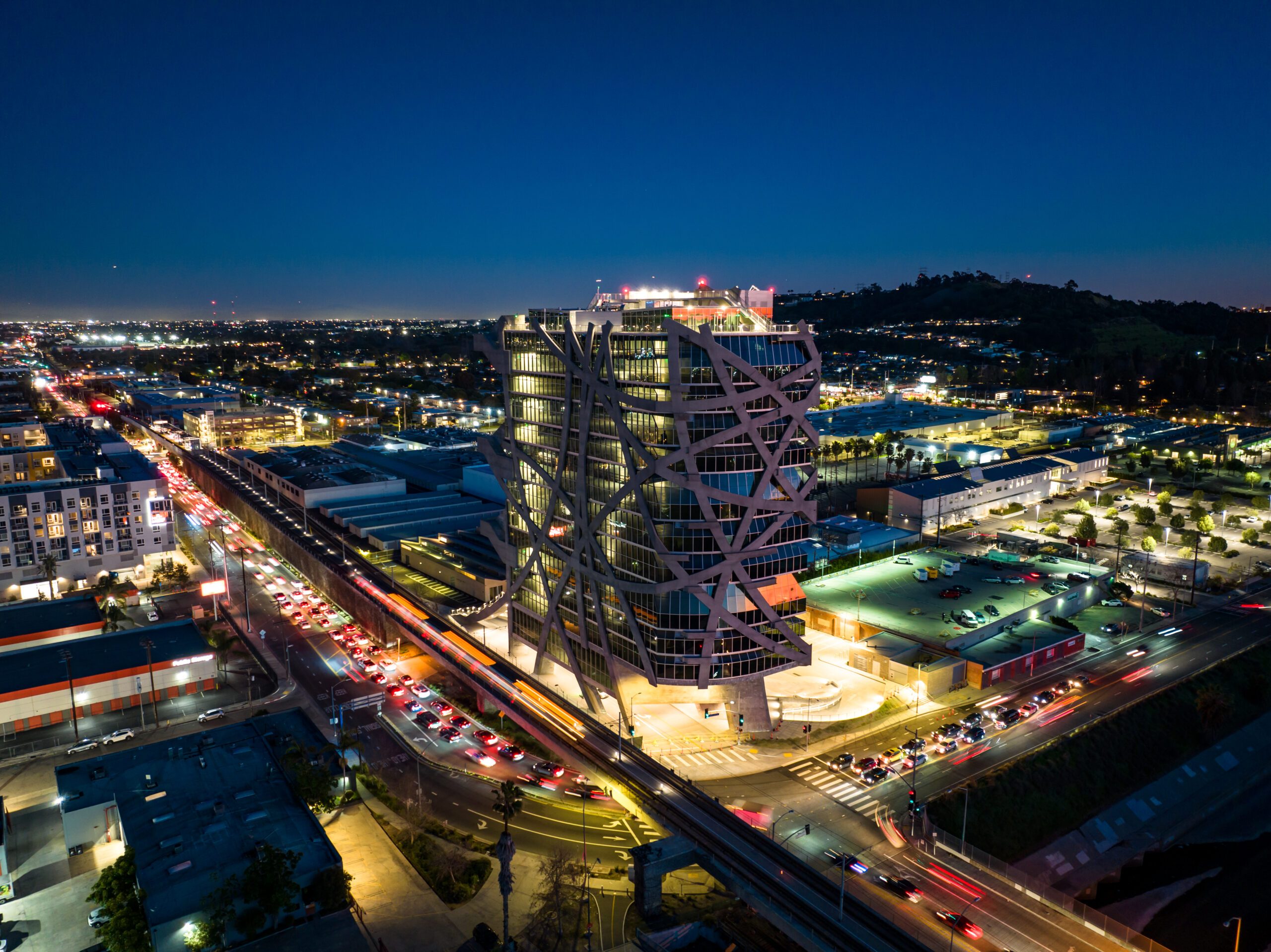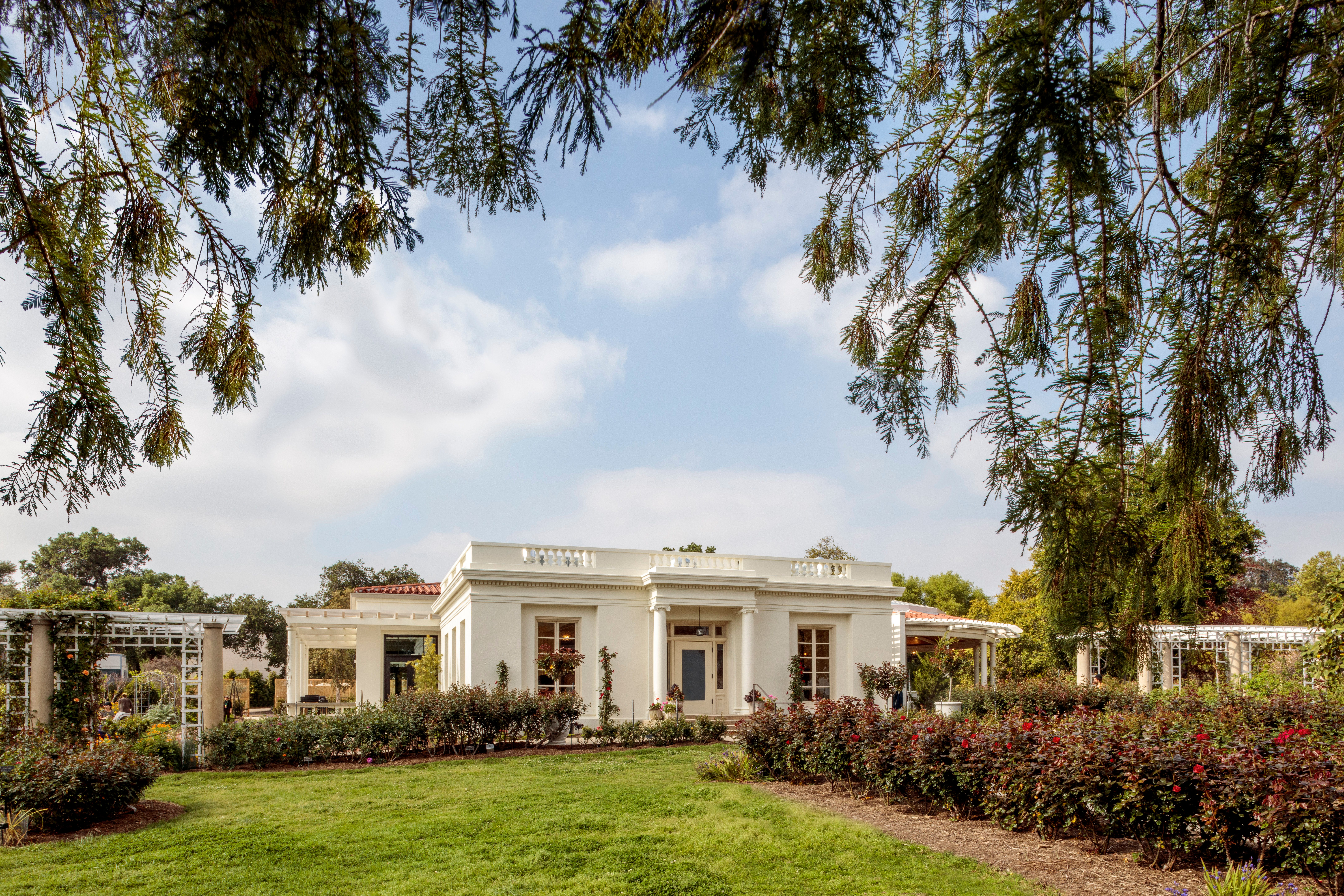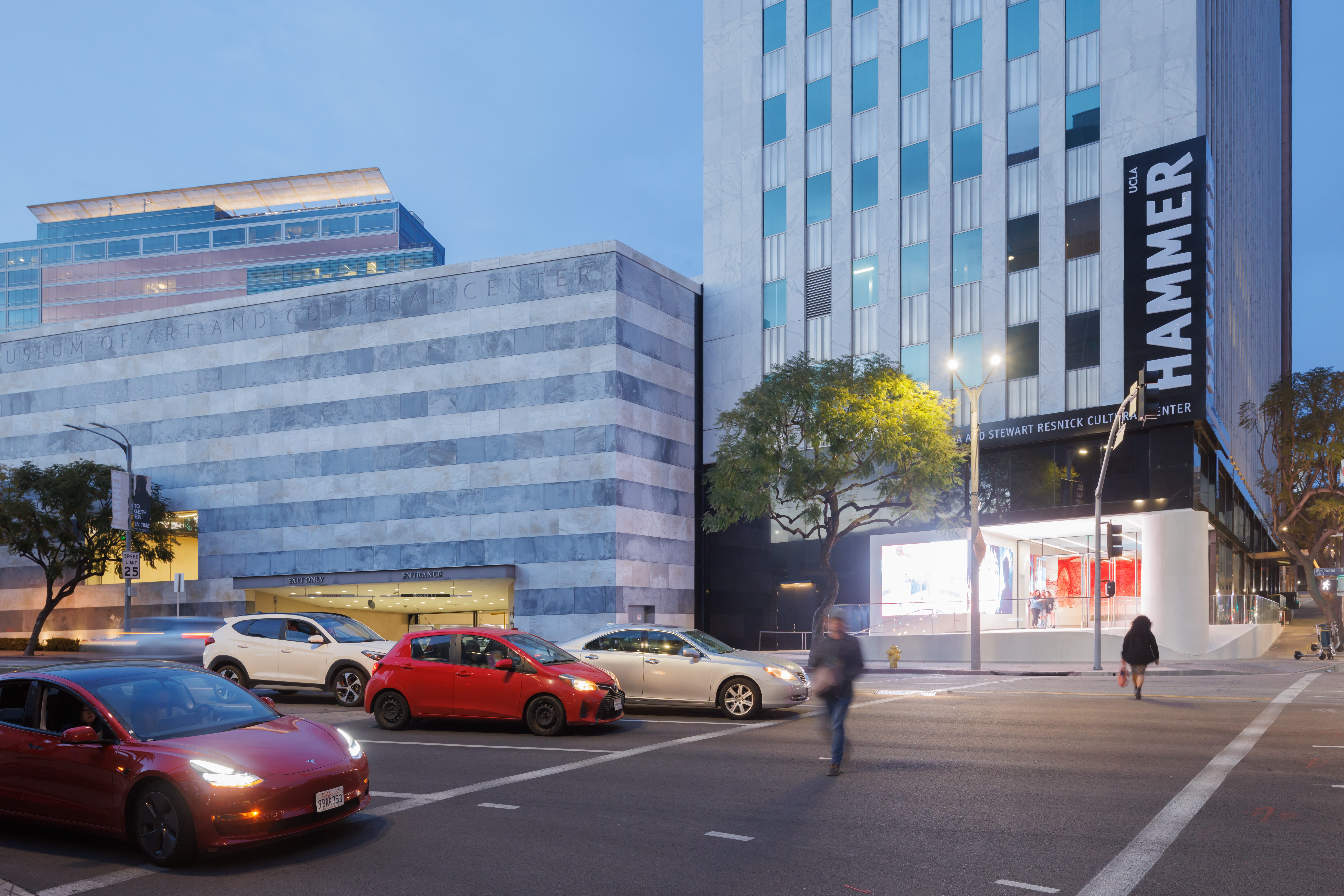
Lab Development: An Owner’s Perspective
MATT Construction interviews Board Member Dr. Francis Boero to provide a unique perspective on the life sciences industry
To gain a better understanding of the current state of the life sciences market, MATT Construction sat down for an interview with one of its esteemed Board Members, Francis Boero. Dr. Boero’s experience in both the physical and life science fields provides MATT a unique perspective relative to the thriving laboratory development and construction market in Southern California. Francis Boero has been responsible for marketing, sales, management, and analytics for a variety of scientific products including pharmaceuticals, medical devices, organic foods and cannabis products. His extensive experience in the field of life sciences provides unique insight into the ever-evolving industry and the facilities needed to conduct such research.
Q: Can you provide a brief overview of your work experience in the Life Science laboratory field?
A: I’ve had the opportunity to grow a long career within emerging divisions of Johnson & Johnson International. These opportunities have included working with minimally invasive surgical devices and laboratory diagnostic systems. Much of my career experience has involved scaling manufacturing in Latin America as well as B2G (business-to-government) negotiation and deployment of hospital systems.
Q: What are some observations about the varied and unique process considerations for the products you have been associated with?
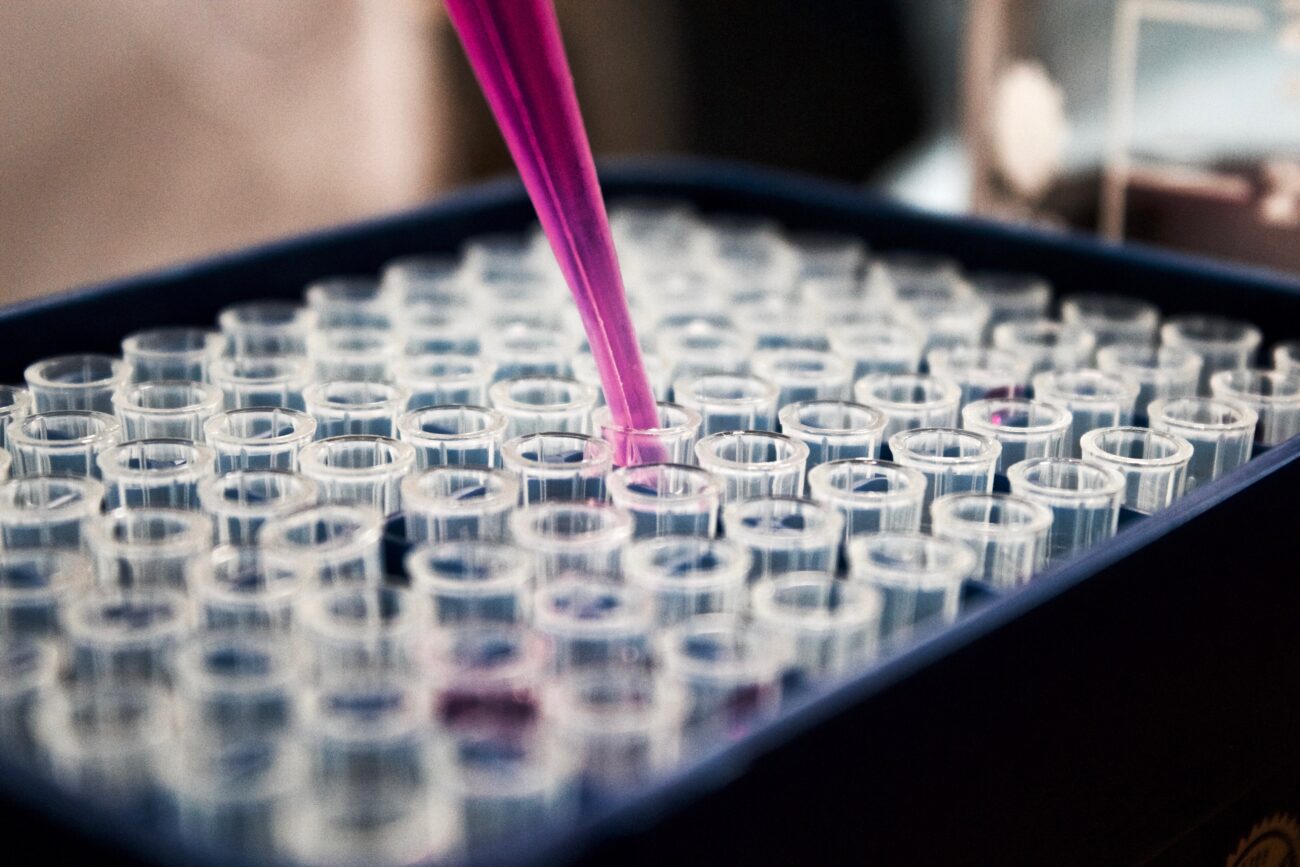
A: My personal epiphany came in realizing the importance of design in all cases of laboratory deployment. Laboratories are unique ‘organisms’, converting physical items into either products or information. The former (products) are what we’re most used to thinking of in regard to manufacturing: items arrive via some type of supply chain and leave as biologicals or medical devices by another supply chain.
However, the latter (information) is much more interesting and involves asymmetric supply chains that mix information and physical items. Think of the incredible development of mRNA COVID vaccines. A laboratory in China sampled virus specimens, analyzed them with open-source software, and published the genetic code ‘virtually’—essentially delivering patient samples to a factory where the factory ‘manufactured’ a digital genetic code. On the other end, pilot manufacturing plants are receiving a digital design and manufacturing a physical product, the vaccine.
Q: In your opinion, why is lab planning and design so important for the work being done in research & development facilities?
A: Continuing the last thought, a well-designed facility has an infrastructure that speeds the flow of product or information, whichever the case may be. My teams have experienced research hospital designs where the basic infrastructure (i.e. utilities, vibration isolation, HVAC, HEPA laminar flow isolation, etc.) were state-of-the-art. Yet, the overall flow of converting a patient sample into an outcome was so convoluted that medical decisions were being delayed. For example, imagine a surgeon having to send a suspected tumor to a pathologist on another floor where the pathologist then has to send part of that sample to a genetics laboratory in another wing; both the pathologist and the genetic laboratory filing their results through incompatible IT systems, all while the patient is on the operating table! Clearly, the lack of strategic planning results in inefficient processes for the individuals utilizing the facility.
In other cases, we have failed to consider the impacts of pandemics on R&D facilities. COVID-19 may be top of mind right now, but R&D facilities have been paralyzed by more deadly diseases such as Ebola or Marburg in the past. Even if a facility has the best infrastructure, what does one do with thousands of square feet of instrumentation that has become contaminated? It’s not feasible to walk this equipment out of the loading dock, so where does it go? Because of this, equipment handling became part of our design risk assessments. Remarkably, through our research, we discovered many design solutions from nuclear weapons processing–an industry that routinely generates contaminated instrumentation and routinely handles it safely.
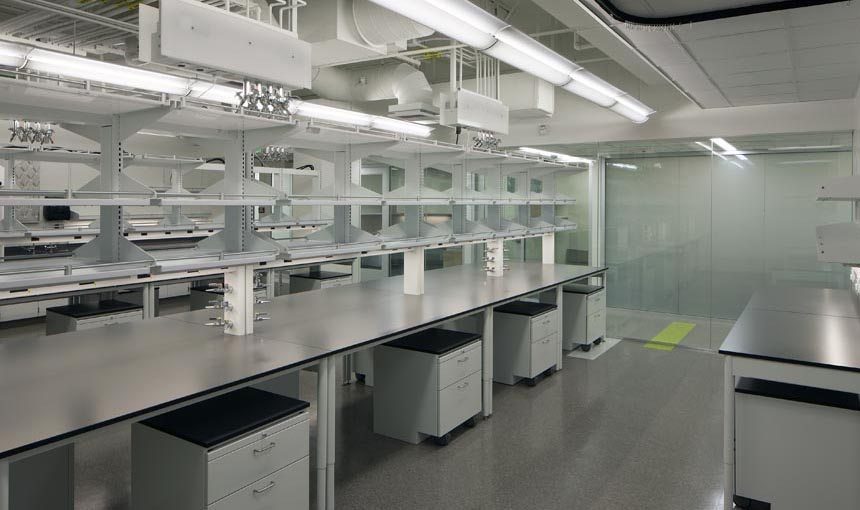
Q: What can Los Angeles do to encourage the development of a Life Science hub? What obstacles put developers at a disadvantage over competing hubs such as Greater Boston or the Research Triangle?
A: A successful hub takes advantage of an ecosystem that has tentpole companies, higher-education institutions, a large pool of professionals, research medical centers, and development grants from NIH and industry. I am based very close to ‘Genetown’, a term for the Greater Boston life-sciences hub (Boston-‘Beantown’). The Genetown ecosystem has at least ten ‘tentpole’ companies with over $50 billion in annual revenues, established universities, many graduates, research hospitals and over a half-billion in annual VC funding–all within a 25-mile radius.
Los Angeles alone does not compare with Genetown or the Bay Area in terms of having a concentrated life sciences ecosystem. However, the Los Angeles/Orange County/San Diego life sciences axis easily competes with both of them from a revenue, employment, higher-education, and grant funding standpoint. The challenge is where and how to develop hubs over a 6,000 square-mile area. The life sciences industry requires a concentration of patients, researchers, and resources for innovation.
Dr. Boero’s unique experiences and perspectives have reiterated our beliefs regarding the importance of planning and design in laboratory construction. This perspective has also introduced to us the idea of the lab as an “organism” that produces product and/or information, as well as the importance of concentrating our resources to establish a strong life sciences hub. Thank you to Dr. Boero for your time and for sharing your extensive knowledge in the field of life sciences.


